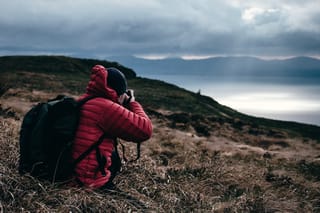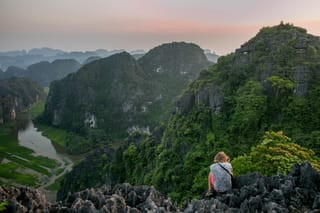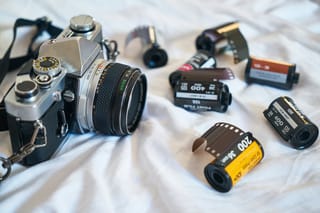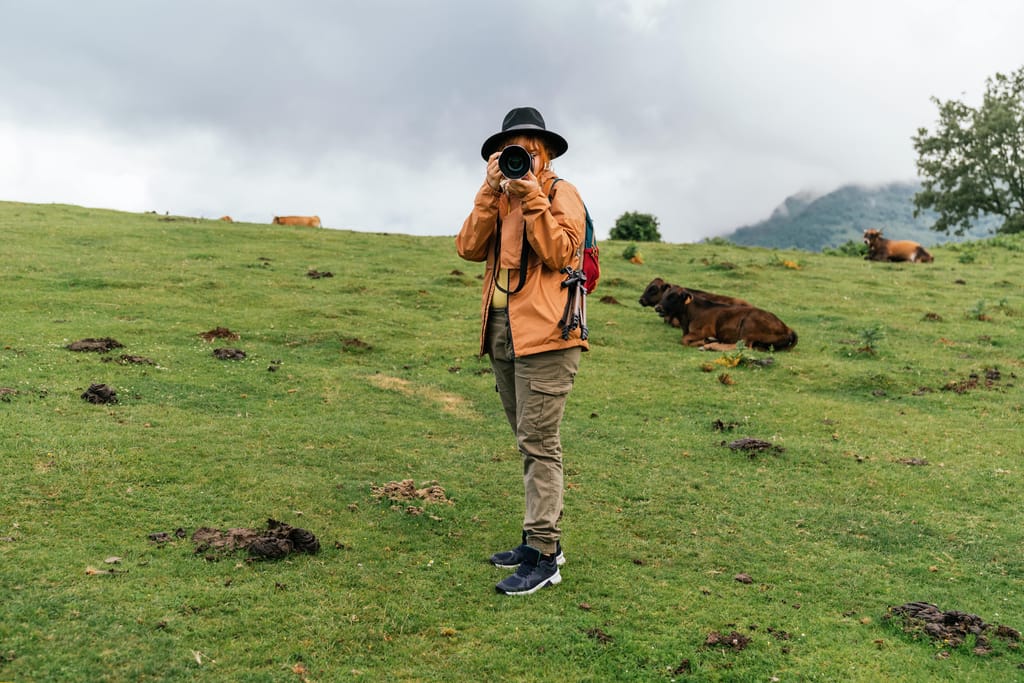
Wildlife photography can be a rewarding and adventurous profession or hobby. It’s one of the most challenging and exhilarating genres of photography and requires hard work, patience, and a love of animals and the natural world.
In this article, we will share nine expert tips for getting started and becoming successful in wildlife photography as well as recommended camera gear.
We will dive into each piece of advice and share firsthand knowledge from our interview with KEH employee and professional wildlife photographer, Eddie Ramirez.
Our tips include:
- Know your subject
- Be comfortable with your camera
- Plan out your pictures beforehand
- Practice in a familiar area
- Consider the time of day
- Watch educational videos
- Learn how to properly edit your photos
- Always take safety precautions
- Always keep practicing!
In addition, we go over:
What is Wildlife Photography?

Wildlife photography is the practice of capturing wild animals in their natural habitats. Wildlife is a broad term that includes all types of animals from insects and birds to massive land mammals and sea creatures. This type of photography is different from others in that the photographer must take a keen interest in the animals he or she will be photographing to understand their habits, patterns, and unique attributes that will help tell the story of the animal through photos.
Wildlife specifically involves wild animals and differs from general animal photography like pet photography, but starting with photographing pets and other domesticated animals can be a good starting point.
9 Wildlife Photography Tips
While there is no one big secret to becoming a successful wildlife photographer, there are steps you can take to make sure you’re on the right track. Below are nine tips to help you get started.
In my opinion, the most important skills that a wildlife photographer should have are knowing your subject, being comfortable with your camera, being able to change every important setting without taking your eye off the viewfinder, being patient, and thinking ahead about what you want your pictures to look like.
– Eddie Ramirez, KEH Employee and Professional Wildlife Photographer
1. Know your subject
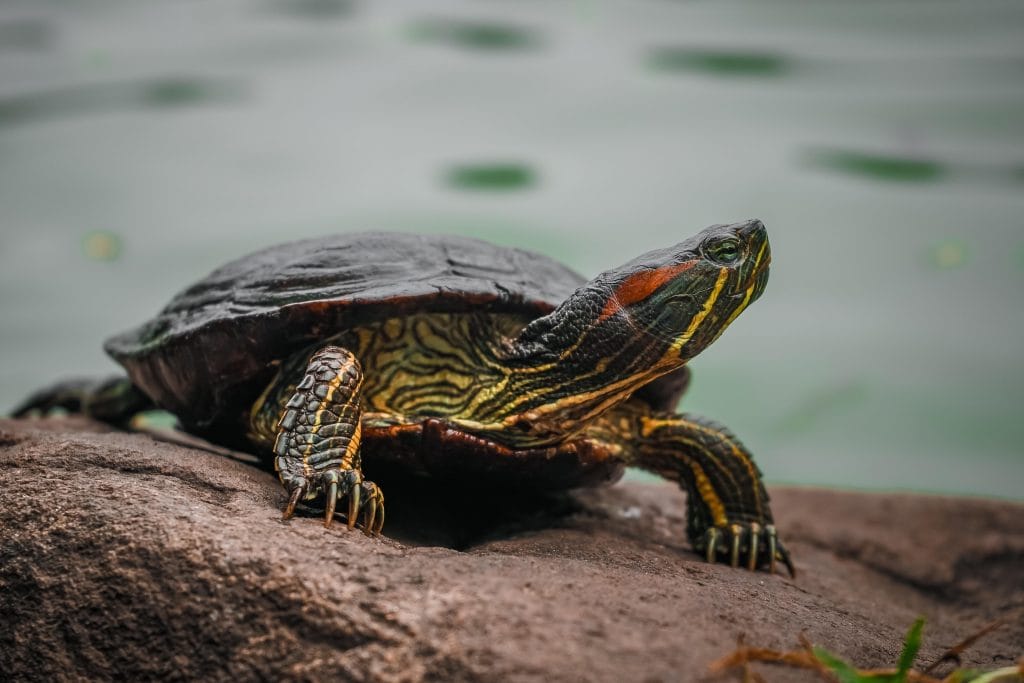
In this case, your subject is the animal you’d like to photograph. Having an interest in the animal and its behavior is important for a number of reasons.
Understanding the animal’s behavior and patterns will influence both the type of shot you want to capture and the best time to shoot. You can’t tell a wild animal where to stand or what to do, so you need to understand their patterns and rely on that knowledge to help you get the shot. While generally photography always recommends shooting at sunrise, sunset or “Golden Hour,” that rule of thumb isn’t always possible in this field since you need to shoot whenever the animal is most active.
By learning about your subject, you’ll create an understanding of its habits including when it feeds, when it’s mating season, when it’s most dormant, and the areas it may frequent.
Work to better understand your subject through books, articles, videos, or shadowing a wildlife expert. Tagging along with people who track animal behavior is one of the best ways to immerse yourself in understanding wildlife.
2. Be comfortable with your camera
When it comes to this type of photography, you need to know your camera settings, dials, and controls like the back of your hand. Unlike human subjects that you can pose or inanimate objects like landscapes, wildlife won’t stay in one spot while you get the shot. You have to be able to change your settings at a moment’s notice without taking your eye off the viewfinder.
Wildlife photographers need to be able to adjust exposure and shutter speed for lighting changes, make quick changes to focus, account for a moving subject, or quickly press the shutter when the animal is engaging in behavior they want to capture.
Another reason that you’ll want to have an expert grasp on your camera’s settings is to avoid frightening the animal by moving around or fumbling to adjust things.
3. Plan out your pictures beforehand
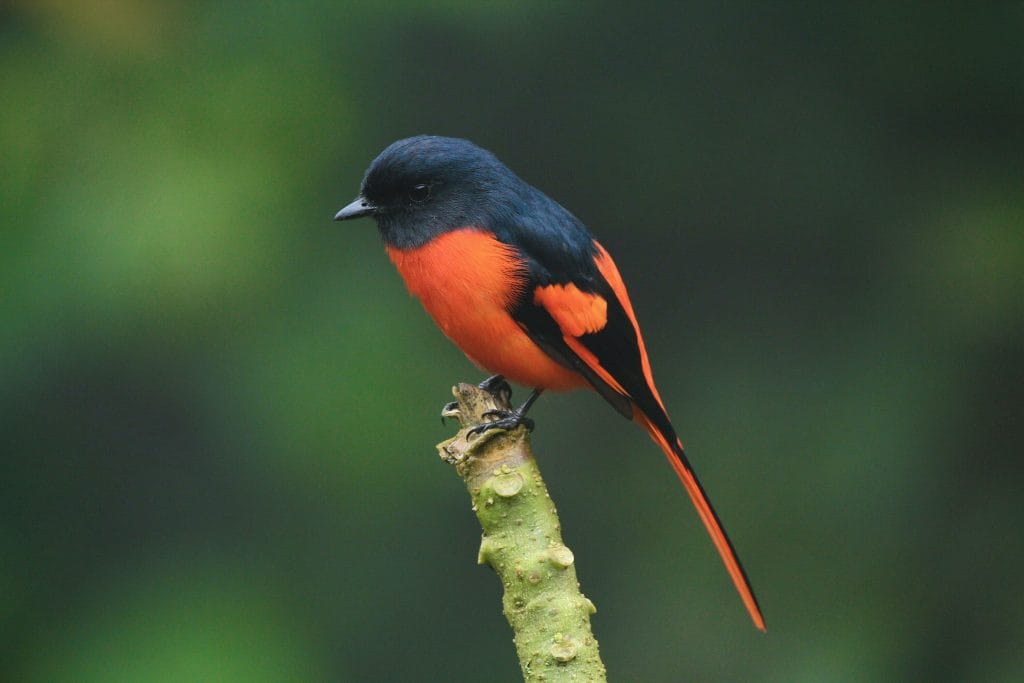
Instead of just showing up to a forest and hoping for the best shot of your subject, plan out your shots beforehand. Thinking about what you want to capture will help you determine details like location, composition, vantage point, and more.
Planning out your shot list will also help you determine what time of day would be best for capturing those moments with your subject. For instance, if the animal is most active at sunrise, you’ll want to arrive an hour or two before the sun rises to get set up and comfortably position yourself and your gear while you patiently wait for the animal to arrive.
4. Practice in a familiar area
Before hiking to a remote area to photograph a wild animal, consider practicing in areas you’re familiar with. Head to a local park and focus on capturing wildlife you see there like birds, squirrels, lizards, and more. You can also practice taking photos of dogs or other pets.
This will provide good practice before you can successfully capture more elusive animals in the wild. Once you’ve practiced in a familiar area, try visiting a wildlife or national park where they offer lists of animals found in the area and knowledgeable rangers and specialists who can help you pick the best locations for your shoots.
5. Consider the time of day
Generally, the best time to photograph wildlife will be early in the morning or at sunset. Not only are these times best for light, but many animals will be most active then.
Another important consideration is weather. If afternoon storms are prevalent in the area, you’ll want to aim for a morning shoot time to avoid your gear getting wet and also have the best odds of the animal being out during that time.
6. Watch educational videos
Another way to improve your skills is to watch videos on YouTube of experts who can share their knowledge with you for free. Seasoned wildlife photographers will be able to share knowledge with you like:
- What settings are best for capturing wildlife
- How to keep a low profile to avoid scaring off the animals
- Important gear items to add to your list, like a sturdy tripod, a remote shutter, a waterproof camera bag, and more
- How to stay safe around wildlife and in unpredictable elements
- Ways to track animals by identifying details like prints
And if you’re ever able to get the opinion of a professional in the field, ask for candid feedback on your photography and ways you can improve.
7. Learn how to properly edit your photos
Editing is an important part of wildlife photography and will have a noticeable impact on your final images. Consider investing in photography editing software like Adobe Lightroom and Photoshop so you can improve the look and feel of your images.
Editing allows you to increase the exposure and bring up the shadows, remove any unwanted distractions, improve colors and saturation, and even sharpen and brighten the subject itself with masking tools. When editing it’s important to focus on natural edits and making your subject stand out in the image. Cropping is another great post-production tool as it allows you to get closer to your subject in the image.
8. Always take safety precautions
One of the most important pieces of advice when photographing wildlife is to take every safety precaution to keep yourself and the wildlife safe. Here are some important safety tips to remember:
- Bring plenty of food and water.
- If you’re going alone, let at least two people know where you plan to go and pack a navigation tool like a map, compass, or satellite phone.
- Make sure your electronics are all charged, including cell phones, cameras, etc.
- Pack emergency gear like a first-aid kit, whistle, emergency blanket, multi-tool, and firestarter.
- Bring layers and extra clothing items including a rain jacket or poncho, extra socks, an insulated jacket, a sun hat, etc.
- Make sure you have plenty of bug spray and sunscreen.
- Check the weather before you go and pay attention to changes in clouds and wind, especially if you’re in the mountains where weather can change quickly.
- And most importantly, keep your distance from the wildlife. The National Park Service suggests a minimum distance of 25 to 100 yards away from wildlife, depending on the type of animal. As Eddie Ramirez notes, “ If you are close enough to take a selfie, you are way too close.”
9. Always keep practicing!
Wildlife photography, like all forms of photography, is not something you can expect to progress in without practice and continued education. It is a lifelong learning experience to be able to hone your technical skills while also pushing yourself to be more creative with your shots.
Challenge yourself to get out of your comfort zone and try new things, photograph different species, and visit new outdoor places. If you continue to expand your skills and mindset, you will always be able to find inspiration!
Recommended Wildlife Photography Gear
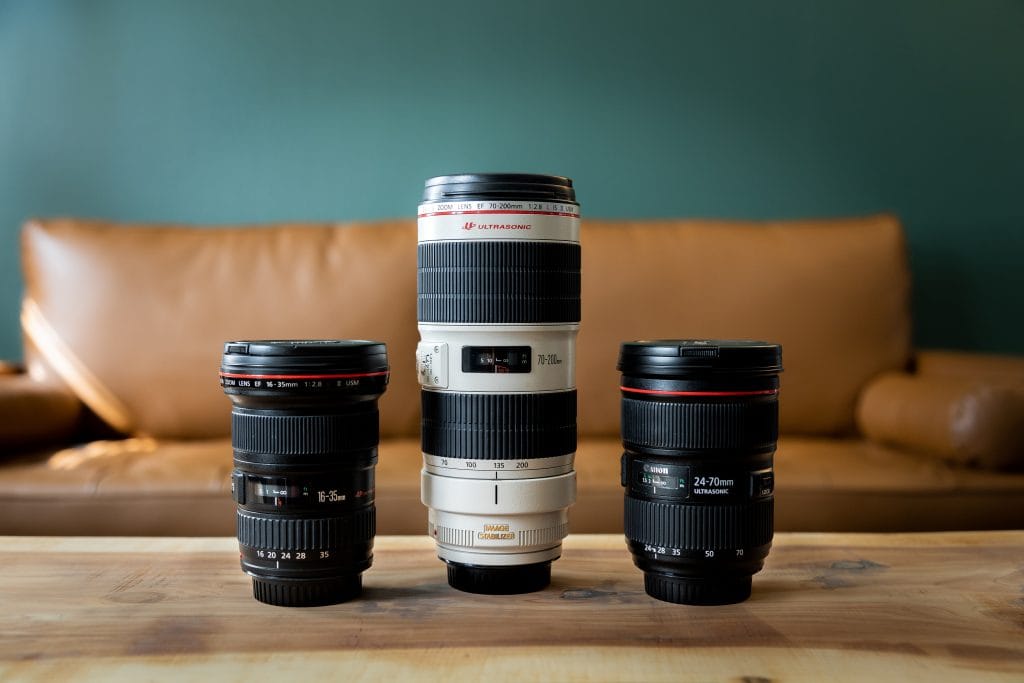
Capturing wild animals in their natural habitat starts with the right equipment. There can be considerations to keep in mind for the type of wildlife you plan to photograph, such as with bird photography, but in general, you’ll want to make sure you look for these features in your camera gear:
- Fast continuous shooting speeds
- Higher megapixel sensors
- Silent shutter options
- Long battery life
- Weather-sealing
- Precise and fast autofocus options
Mirrorless and DSLR cameras are usually the top picks for wildlife photographers. DSLRs are popular because they offer fast shooting speeds—an especially important feature for this type of photography—while mirrorless cameras are known for being easy-to-carry and quiet.
When it comes to lenses, you will want to invest in a telephoto lens as you will need to be able to capture detailed images from far away distances.
Eddie Ramirez shares what he uses in his interview:
“I keep my Nikon Z9 welded on my Nikon 600mm f/4 for fast-moving wildlife with striking subject isolation. As a backup, I use my Nikon 300mm f/2.8 II with a Nikon D6 for environmental photography. I chose the Nikon Z9 for its ability to capture RAW images at up to 20 fps, the 45.7 megapixel full-frame sensor, a native ISO range of 64-25600 expandable to 32-102400, and noise reduction algorithm. With good technique in a variety of light conditions, I can get images with little noise. Also, it has an advanced animal eye AF system which is very important for my photography.
I love my fast glass, big long telephoto lens Nikon Nikon 600mm f/4 as it lets in a lot of light, especially when I want to freeze that image by pumping up the shutter speed. Usually, a lot of wildlife activity happens at dawn and sunset when the light is more beautiful but scarce. It is very important for me to isolate the animal from the busy bushes and branches to make a more pleasant photo, bringing the viewer’s vision to the most important thing, which is the wildlife.”
Becoming a Wildlife Photographer
Becoming a wildlife photographer takes patience, hard work, and an appreciation of the outdoors and the wildlife that inhabits it. It’s important to understand everything that goes into being a professional or even hobbyist in this field.
Is it hard to be a wildlife photographer?
Wildlife photography takes a lot of hard work and dedication. It requires early mornings, late nights, and hours spent in the elements waiting for wildlife to appear. Once you understand the foundational elements of photography, make sure you are ready to handle the unexpected elements outdoors.
If it’s your dream to be able to photograph wild animals that many people will never get to see in their lives, then continuing to put in hard work to learn and improve your photography will be key to success in this field.
What makes a good wildlife photographer?
Most successful wildlife photographers share these traits:
- A love of the outdoors and animals
- A keen interest in learning about wildlife
- Technical photography skills
- Extreme patience to be able to wait long hours for one good shot
- A portfolio of work to increase chances of being hired
Is there money in wildlife photography?
Wildlife photographers can make a decent living from their work; however, you’re likely not going to become rich so it’s important to love your career. The national average salary for wildlife photographers in the U.S. is $43,249 per year, according to ZipRecruiter.
Start Shooting Wildlife Photos Today
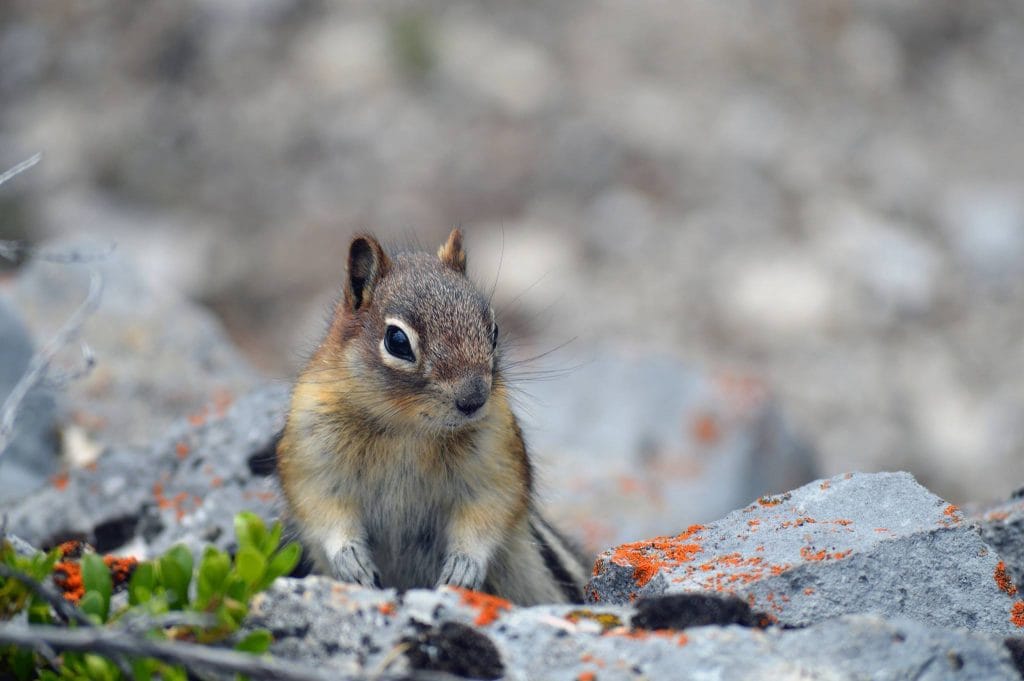
Whether you dream of working with National Geographic and sharing your wildlife photographs with the masses or simply enjoy photographing wildlife and spending time outdoors as a hobby, wildlife photography is one of the most exciting and gratifying forms of photography out there!

